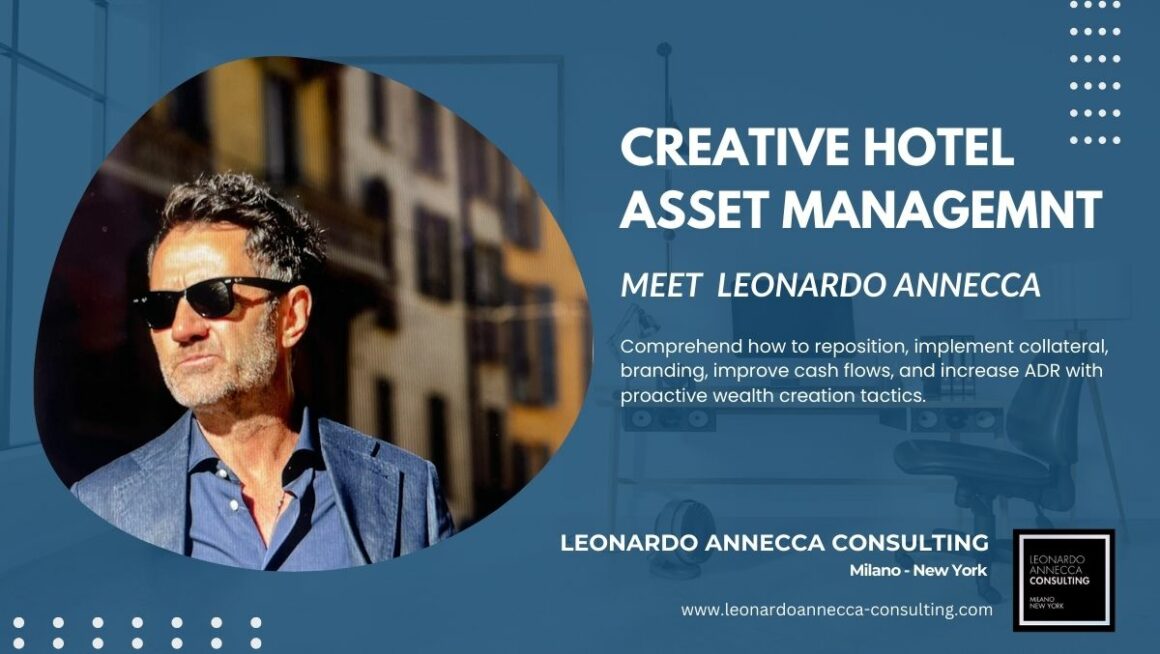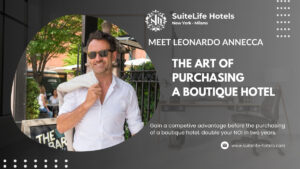Understand how to gain a competitive advantage in the 6 stars hotels in Italy.
Introduction
Italy, a country renowned for its rich history, stunning landscapes, and exceptional cuisine, also boasts one of the most sophisticated and diverse hospitality markets in the world. The luxury segment of this market is particularly noteworthy, combining traditional elegance with modern opulence to cater to the most discerning travelers. Creative asset management in this context is crucial for maintaining competitive advantage and ensuring long-term sustainability. This entails innovative approaches in managing physical assets, human resources, brand image, and customer experiences.
Physical Asset Management
Physical assets in the luxury hospitality sector include properties, interiors, and amenities. In Italy, where historical architecture is abundant, maintaining the charm and authenticity of buildings while incorporating modern comforts is a delicate balance. Creative asset management in this area involves:
- Preservation and Innovation: Luxury hotels often operate within historical buildings. Creative management requires preserving the architectural integrity and cultural heritage of these structures while integrating state-of-the-art facilities. This could mean using advanced engineering solutions to install modern amenities without altering the original aesthetics.
- Sustainable Practices: Incorporating sustainability into asset management is increasingly important. This includes utilizing energy-efficient systems, reducing water consumption, and using eco-friendly materials. For instance, hotels might employ geothermal heating, solar panels, and rainwater harvesting systems, ensuring that luxury does not come at the expense of the environment.
- Technology Integration: Enhancing guest experience through technology is another creative strategy. Smart rooms equipped with IoT devices, virtual concierge services, and mobile check-ins not only add convenience but also appeal to tech-savvy guests. For instance, leveraging AI for personalized guest services can create a seamless and bespoke experience, from custom room settings to tailored itineraries.
Human Resource Management
In the luxury hospitality sector, human resources are as crucial as physical assets. Creative management of human resources involves:
- Training and Development: Providing ongoing training to staff to enhance their skills and knowledge is vital. This includes not only hospitality skills but also cultural and historical knowledge, particularly relevant in Italy. Training programs that focus on language skills, cultural sensitivity, and personal development can significantly enhance guest satisfaction.
- Employee Engagement: Fostering a positive and engaging work environment is essential. This can be achieved through initiatives that promote work-life balance, recognition programs, and opportunities for career advancement. Engaged employees are more likely to provide exceptional service, which is a cornerstone of luxury hospitality.
- Cultural Ambassadors: Positioning staff as cultural ambassadors can enrich the guest experience. Employees can provide insights into local customs, history, and hidden gems, offering a more authentic and personalized stay. This not only enhances the guest experience but also builds a deeper connection with the locale.
Brand Management and Marketing
Brand management in the luxury hospitality sector goes beyond traditional marketing. It requires a deep understanding of the brand’s identity and the ability to convey this through every aspect of the guest experience.
- Storytelling: Crafting a compelling narrative around the brand can create a strong emotional connection with guests. This involves sharing the history of the property, its significance, and the unique experiences it offers. For example, a luxury hotel in a historic palazzo can weave tales of its past, famous visitors, and its role in local history.
- Digital Presence: In today’s digital age, a strong online presence is crucial. Creative strategies include leveraging social media, influencer partnerships, and virtual reality tours to showcase the property. High-quality content, such as behind-the-scenes looks, guest testimonials, and engaging stories, can attract potential guests and keep existing ones connected.
- Experiential Marketing: Offering unique and personalized experiences can set a brand apart. This might include bespoke culinary experiences, exclusive tours, or wellness retreats. By focusing on creating memorable experiences that align with the brand’s identity, hotels can foster loyalty and attract high-end clientele.
Customer Experience
Ultimately, the success of a luxury hotel hinges on the guest experience. Creative asset management in this context involves:
- Personalization: Utilizing data to personalize guest experiences can significantly enhance satisfaction. This includes remembering guest preferences, celebrating special occasions, and anticipating needs. Advanced CRM systems can track guest interactions and preferences, allowing hotels to offer highly tailored services.
- Exclusive Services: Providing services that are unique and exclusive to the property can create a sense of privilege and luxury. This might include private transfers, personalized concierge services, and access to exclusive events or areas.
- Cultural Immersion: Enabling guests to immerse themselves in the local culture can enhance their stay. This can be achieved through curated experiences, such as cooking classes, wine tastings, and guided tours by local experts. Offering these experiences in a way that reflects the property’s unique heritage and location adds value to the guest experience.
Conclusion
Creative asset management in the luxury Italian hospitality market involves a holistic approach that integrates the management of physical assets, human resources, brand image, and customer experience. By preserving historical charm while embracing modern innovations, investing in employee development, crafting compelling brand narratives, and offering personalized, exclusive experiences, luxury hotels in Italy can maintain their esteemed status and ensure long-term success in a competitive market. This multifaceted strategy not only enhances guest satisfaction but also builds a sustainable and distinguished brand legacy.



